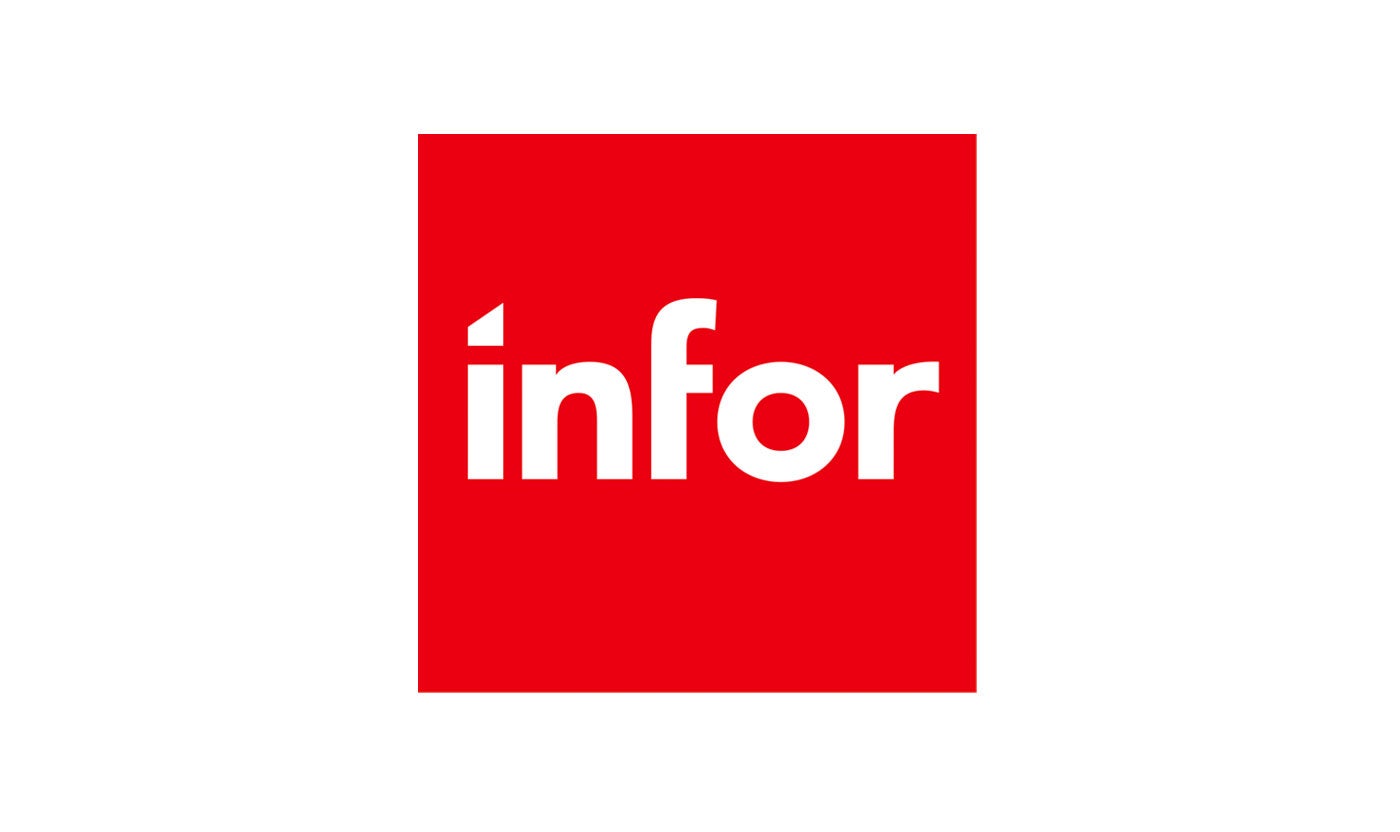





Accelerate hiring key talent to deliver care and exceed patient satisfaction.

Attract skilled candidates, speed up hiring and grow expertise in your workforce.

Simplify recruiting finance and banking talent with a platform for hard-to-fill roles.


Build a talent pipeline that engages and drives your business forward.


See how diverse and global enterprises use iCIMS to employ millions, drive innovation and connect communities worldwide.

Uncover unique market insights, explore best practices and gain access to talent experts across our library of content.


View press releases, media coverage, the latest hiring data and see what analysts are saying about iCIMS.


Streamline your tech stack and take advantage of a better user experience and stronger data governance with ADP and iCIMS.

The combined power of iCIMS and Infor helps organizations strategically align their business and talent objectives.

Our award-winning partnership with Microsoft is grounded in a shared desire to transform the workplace and the hiring team experience.

Our partnership with Ultimate Kronos Group (UKG) supports the entire talent lifecycle by bringing frictionless recruiting solutions to UKG Pro Onboarding.

Onboarding is easily one of the most important parts of the hiring process. The transition from seeking a job to doing that job can be jarring. New hires who aren’t engaged or don’t feel like a part of their team are slower to get productive and are at higher risk of leaving. In fact, companies with engaging onboarding programs retain 91% of their first-year workers.
By automating your onboarding process, it’s possible to reduce the expense of onboarding while also improving employee retention and productivity in the long run.
Take Novant Health, which hires and onboards between 6,000 and 7,000 healthcare professionals a year. Novant’s HR team estimates their employee onboarding solution – iCIMS Onboarding – saves them $300,000 a year by itself. Those savings are realized by automating previously manual tasks and getting new hires integrated into their teams faster.
Most employee onboarding software is now cloud-based and includes new hire portals. These onboarding portals serve as a resource hub for new hires and can include helpful links, videos, employee handbooks, org charts, important reminders, and new hire tasks.
Say you’re in charge of hiring retail associates for 5,000 stores spread all over the globe. By automating the onboarding process, you can prepopulate new hire portals with set tasks, resources, and information for your associates based on their location.
You can also tell your employee onboarding software to create tasks and send reminders to everyone involved in helping new hires get up and running on the backend. For retail associates, that might include ordering uniforms and assigning a peer to help with training. For office jobs, tasks likely include having IT prepare a laptop and program an electronic keycard.
Onboarding automation accomplishes two things. First, it’s more efficient, freeing HR professionals, hiring managers, and their teams to focus on more meaningful work, not administrative tasks. Second, it greatly reduces the likelihood of oversight or simply forgetting to have everything prepared for a new hire’s first day. Both contribute to new hires hitting productivity sooner, higher retention rates, and saving time and money.
For many of us, how we work has changed. Remote and hybrid workforces existed before 2020, but never have they held such prominence or taken up so much of our collective time and attention. Last year gave many of us our first taste of what it’s like to work remotely. In that time, many changed jobs.
Still, many jobs continue to rely on in-person teams, including healthcare, retail, and manufacturing. The great thing about onboarding software is that it can be applied, and automated, for any situation, including if your workforce includes a mix of in-person and remote workers. Here’s how:
Onboarding remote workers should focus on two priorities: engagement and access.
For engagement, ask employees to create short videos to embed into digital onboarding portals. They can introduce training topics or serve as moments of connection and encouragement. iCIMS Video Studio makes these easy and quick for employees to create, whatever their tech setup looks like.
Access means making it as easy as possible for new hires to answer their own questions and get the resources they need. Including new hire FAQs and link trees in new hire onboarding portals makes it possible for new employees to navigate their first few weeks and months without constantly needing to ask their team members for help. Equally important is to work with IT to make sure they have the required permissions to access shared documents and resources.
From line workers to drivers, many employees don’t spend a lot of time behind a desk. For them, onboarding portals should automate all the tasks required before their start date. Use their onboarding portals to knock out paperwork. Also, provide “day one” resources like building maps, parking passes, and safety protocols.
These are the employees who work both at home and on location, depending on the day. Their onboarding portals should reflect all of the above. However, be sure to emphasize expectations for hybrid employees. Do they need to be on location specific days or a certain number of hours? Will they need to be in-person for onboarding and training? Feature these types of bulletins on the main page of onboarding portals and set reminders for days or events they need to be physically present.
Ready to learn more about onboarding automation? Check out our Definitive guide to employee onboarding: Winning candidates and retaining new hires before Day One.





